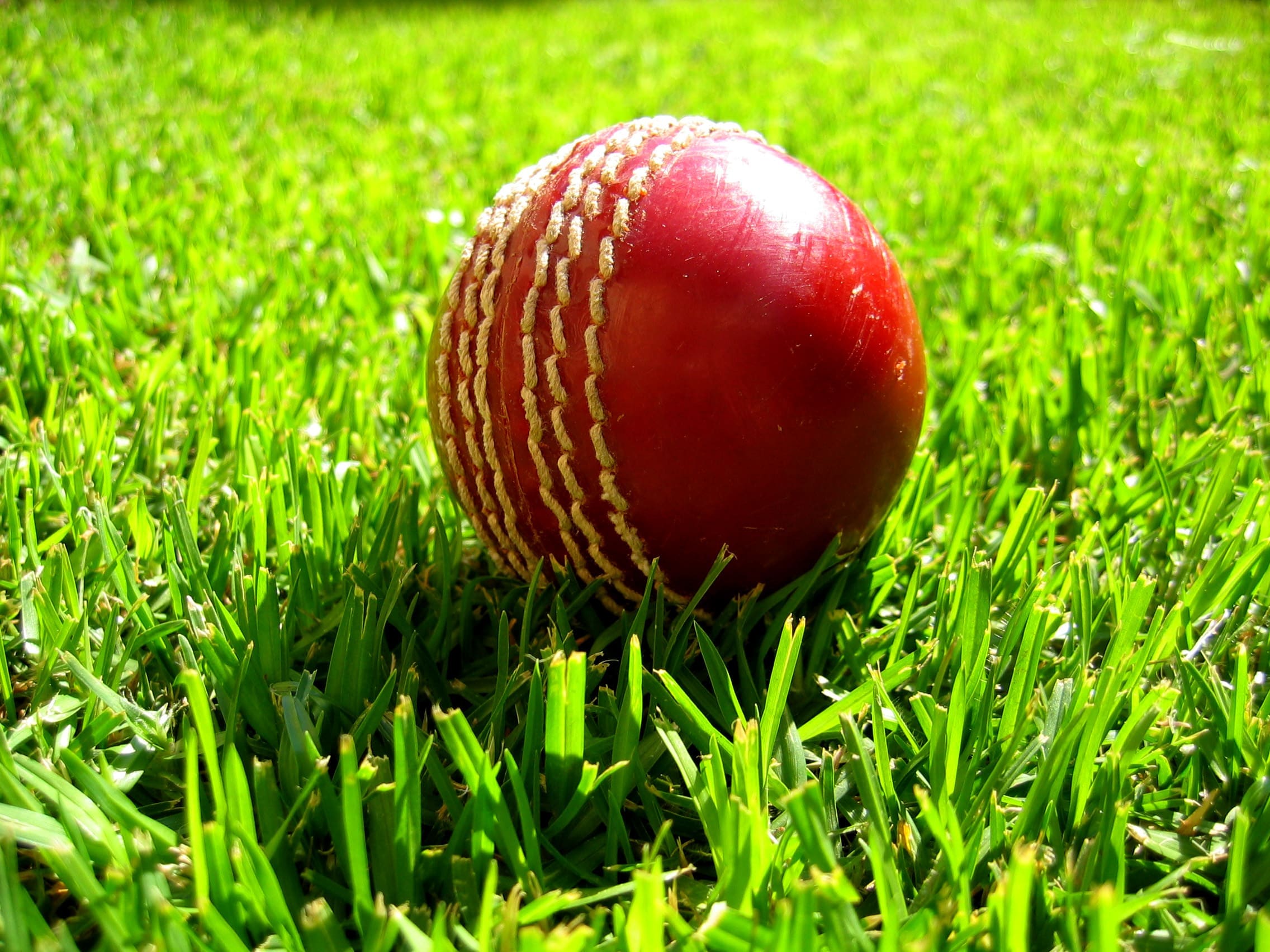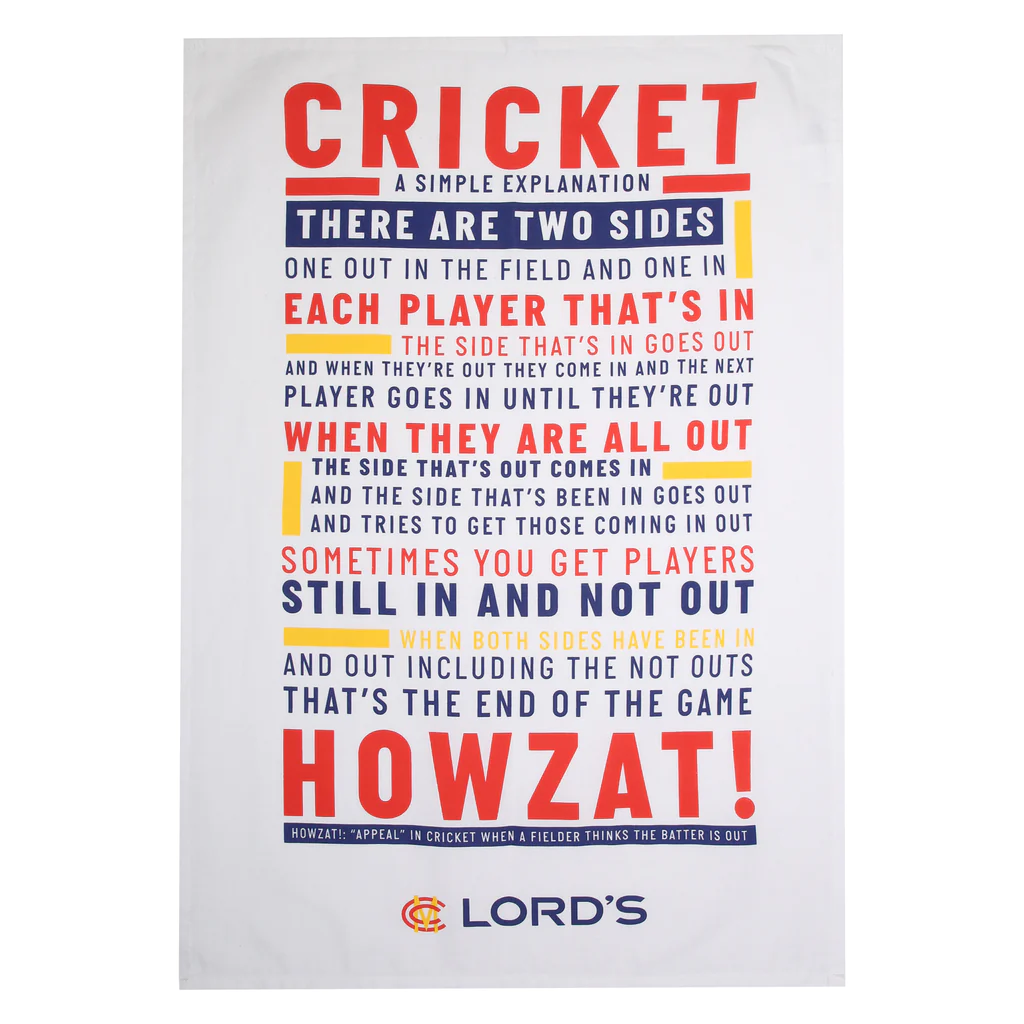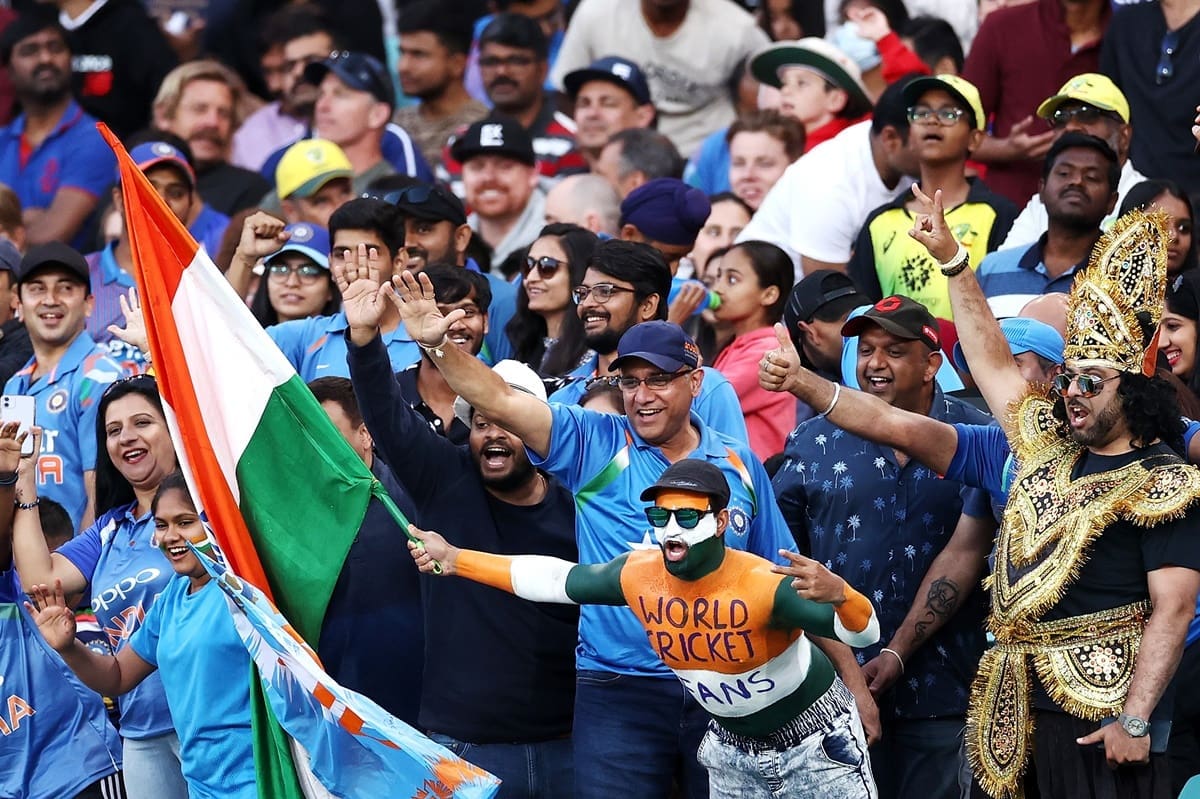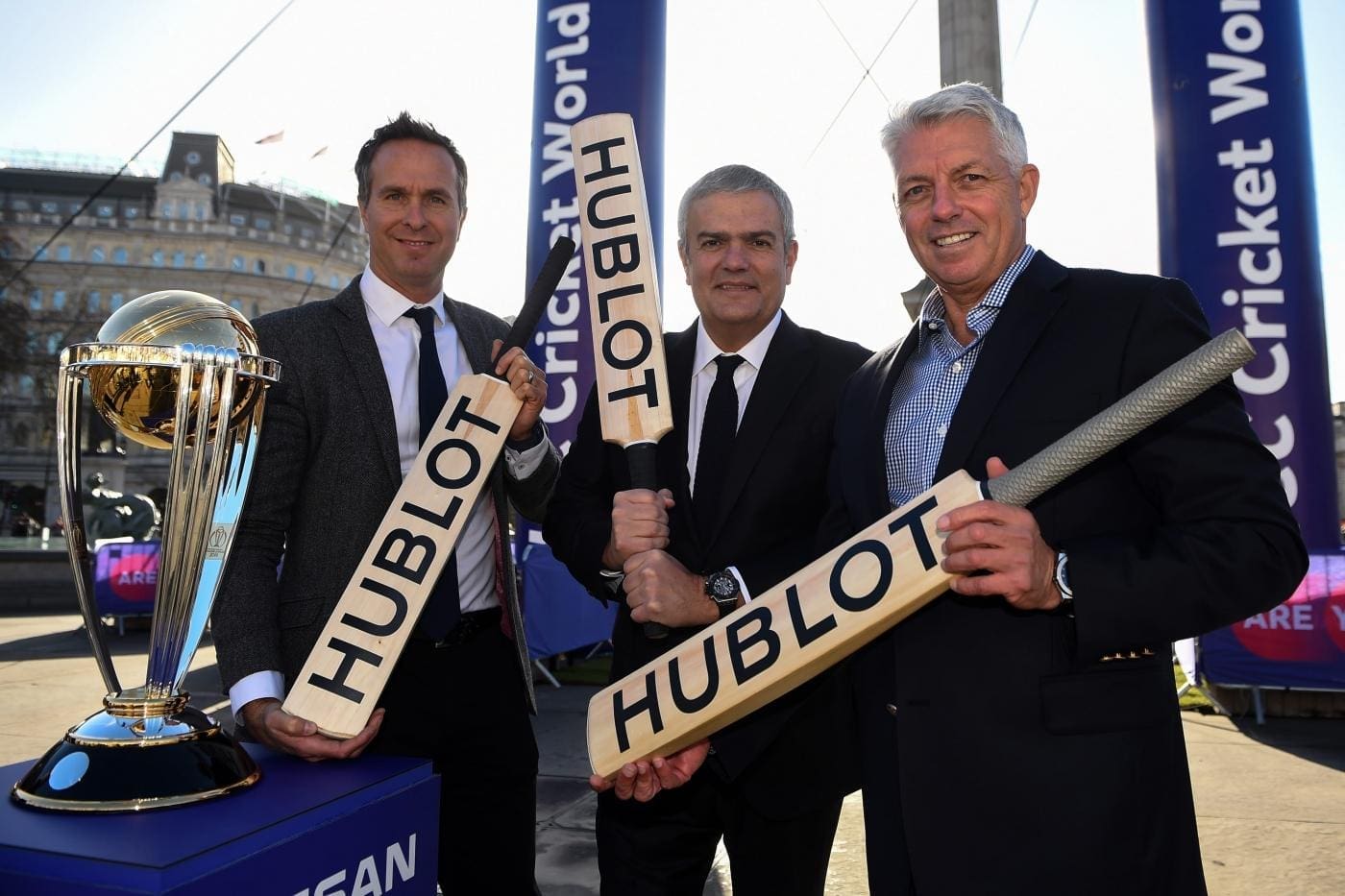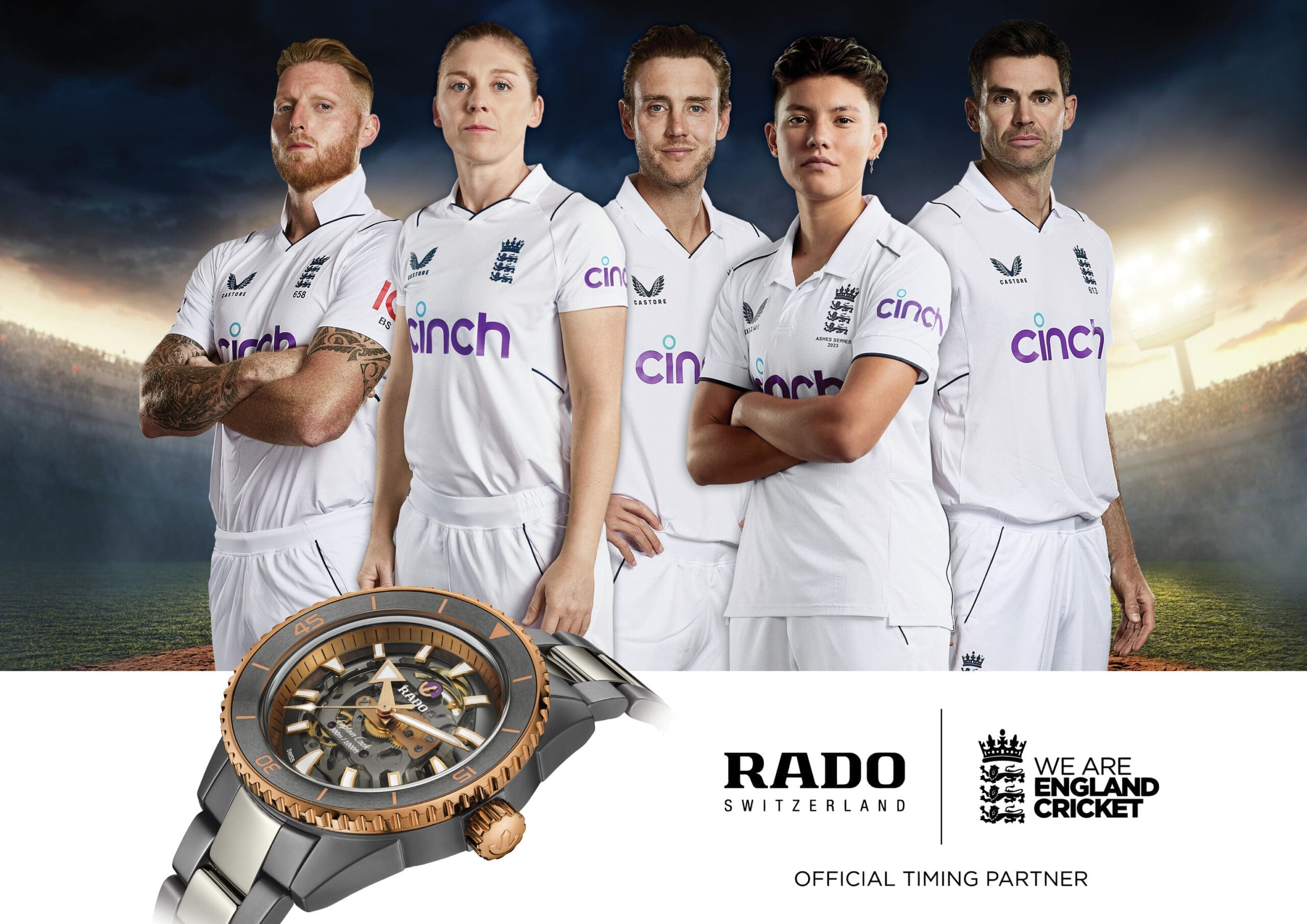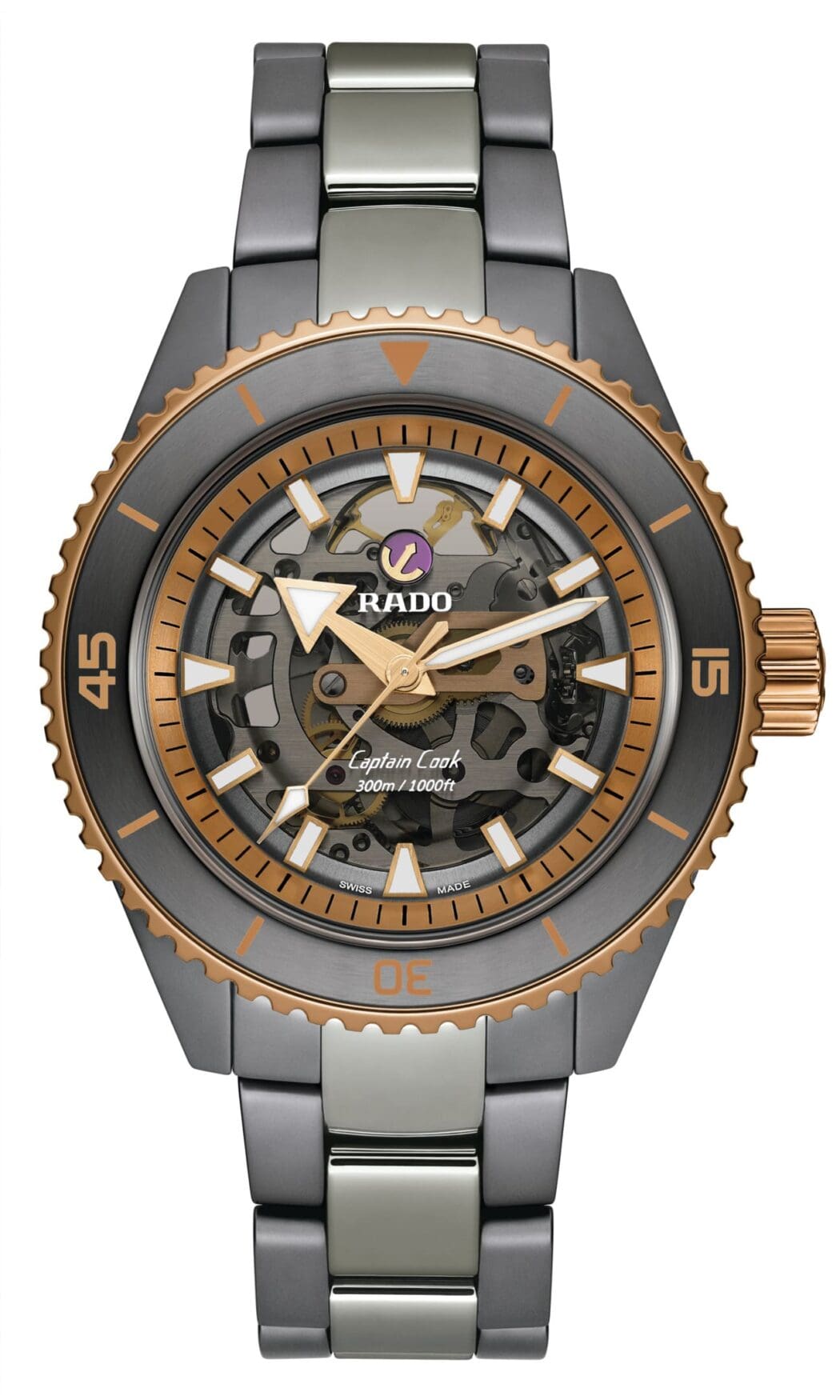From Rado to Hublot, why watch brands are finally padding up for cricket
Luke BenedictusFor most of the planet, cricket is totally unfathomable. Even in England, there used to be a common tea-towel (see below) that highlighted what a charming nonsense of a game it truly was. Test cricket – the long-form version of the game played at international level – must seem particularly absurd to anyone who hasn’t grown up with the sport. A Test match can last up to five days between two teams of 11 players (both wearing the same colour shirts) and still often results in a draw. In a world with an an ever-decreasing attention span, Test cricket must seem to many bemused onlookers both arcane and hopelessly lethargic. Another strange English eccentricity like constantly apologising or eating pickled eggs.
Yet, if you grew up in England or one of its former colonies, cricket is still the soundtrack to the summer. On the subcontinent, the sport is akin to a religion, and when India play Pakistan, the rivalry is arguably the most passionate of any international sport. When England play Australia meanwhile – in a Test series known as The Ashes – it’s also a massive deal. My father-in-law missed the birth of his first-born child (my wife), because it was day three of the Ashes at the MCG. Not even day one, you should note, day three…
Given they’re predominantly based in Switzerland – a country far too sensible and efficient to bother with cricket – watch brands have traditionally been slow to get involved with the sport. But that’s finally starting to change.
The first brand to make a real commitment to the sport were serial disruptors, Hublot. In 2015 , the brand became the official timekeeper for the Cricket World Cup, a relationship they’ve sustained ever since. Why did they get involved? Mainly because, when it comes to brand reach, the numbers make emphatic sense. According to Nielsen figures,1.6 billion people watched the 201 9 World Cup compared to, say 113 million for the last Super Bowl. Better still, the fact that cricket is a less competitive environment than other sports with a global footprint makes it relatively affordable to sponsor. Hublot CEO Ricardo Gualdalupe admitted that the World Cup cricket partnership cost the brand a comparatively modest figure in the “single millions” of dollars.
In addition, cricket also offers a way to tap into India, now the world’s most populous country, where the sport is devoured by millions of super-fans with boggle-eyed glee. Since its involvement in cricket, Hublot has enjoyed double-digit growth in India.
Now Rado has also padded up to get involved in the sport. The brand recently announced a new multi-year partnership to become the official timing partner of the England and Wales Cricket Board across all international fixtures for England men’s and women’s cricket. The partnership will see Rado’s branding appear on LED boards around international cricket venues, as well as on the big screens and on umpire and team review graphics.
With the Ashes starting in a fortnight’s time, Rado will therefore secure no shortage of exposure. And for all the talk of Test cricket’s diminishing appeal, days one to four of the first four Test Matches are already sold out. Clearly, there is still a real appetite for the game.
The partnership should drive Rado’s brand awareness in the UK and Australia, while further cementing their position in India – their second biggest global market. You don’t need to know your dibblie-dobblies from your Duckworth Lewis Method to appreciate that this is a partnership that makes sense.




